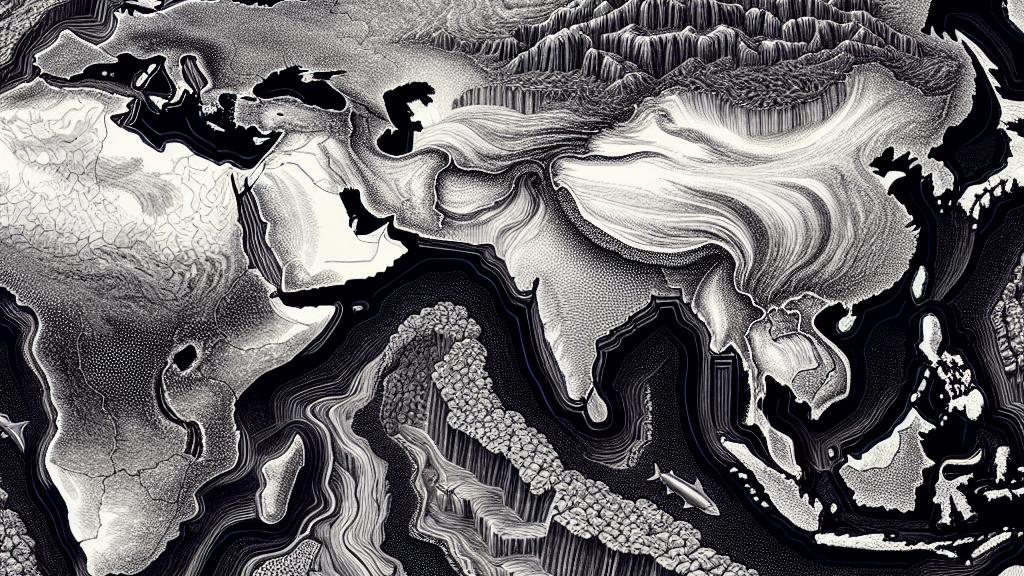Understanding Plate Tectonics and Sediment Movement
Overview
- India and Eurasia's collision drives significant geological transformations.
- Sediment dynamics play a crucial role in shaping the behavior of tectonic plates.
- Advanced modeling techniques help uncover the complexities of Earth's geological processes.

The Captivating Convergence of India and Eurasia
Imagine this: approximately 65 million years ago, two massive tectonic plates—India and Eurasia—set the stage for one of Earth's most remarkable geological stories. The convergence rate between these plates didn't merely inch forward; it skyrocketed from a relatively slow pace of 8 centimeters per year all the way to a jaw-dropping 18 centimeters per year! How did such an astonishing shift occur? The secret lies in the process of sediment subduction, where layers upon layers of sediment—think of it as a colossal blanket of earth deposited over eons—began to sink beneath the ocean floor. This descent triggered a series of powerful geological changes, altering plate movements in ways that forever changed the landscape.
The Mechanics and Impact of Sediment Subduction
So, what exactly is passive-margin sediment subduction? It’s more than just geology jargon! Picture a thick, heavy quilt of sediments draping the ocean floor. As this weight descends, it dramatically changes the way tectonic plates interact. Imagine sliding on a smooth track—this is akin to how the Indian plate accelerates over time. With sediments that can exceed a kilometer in thickness spread across vast oceanic expanses, this process doesn't just speed up the movement; it plays a crucial role in the grand architecture of our planet, including the awe-inspiring Himalayan mountain range. Sediment subduction isn't just a minor detail; it's a fundamental force in tectonic dynamics, producing landscapes we see today.
Unveiling Earth's Geological Mysteries
Why does this discovery matter so much? Well, it helps us unlock the secrets of Earth’s geological history and prepare for future natural phenomena. Researchers previously navigated a myriad of theories attempting to explain this rapid convergence—some thought it was simply the whim of volcanic forces. However, many of those ideas crumbled under scrutiny, revealing gaps in understanding. By honing in on sediment dynamics, scientists crafted a more cohesive story of how our planet operates. This brings us not just knowledge, but also a better preparedness for earthquakes and volcanic eruptions. Therefore, understanding sediment subduction is more than an academic exercise; it’s a key to appreciating the intricate dance of Earth’s geological forces, a glimpse into the majestic, yet unpredictable, history of our planet.

Loading...